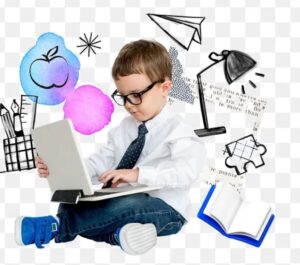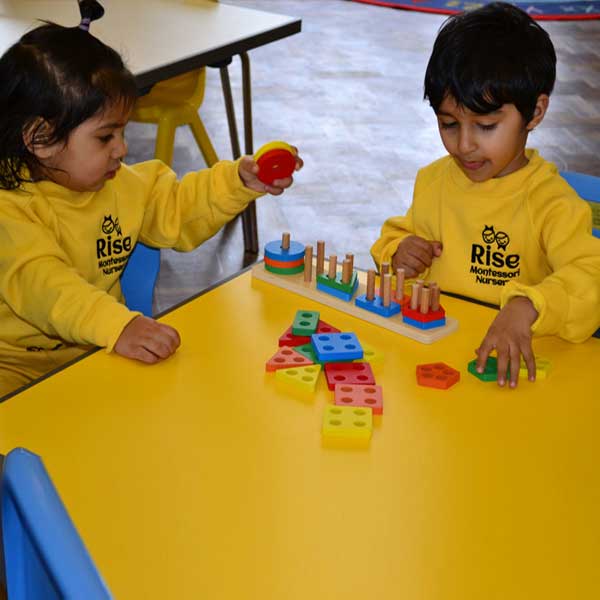In today’s digital age, technology has become an integral part of our daily lives, including education. As Montessori education emphasizes hands-on, experiential learning, finding a balance between incorporating technology and maintaining the core principles of the Montessori approach can be a topic of great interest and discussion. In this blog post, we will explore the challenges and opportunities presented by the digital age in Montessori education and discuss strategies for effectively integrating technology while staying true to the essence of the Montessori philosophy.
1. The Evolving Role of Technology in Montessori Education: Technology has the potential to enhance learning experiences by providing access to a wealth of information, promoting collaboration, and fostering creativity. However, it is crucial to strike a balance and ensure that technology serves as a tool to support and enrich the Montessori learning environment rather than overshadowing hands-on, sensorial experiences.
2. Incorporating Technology in Montessori Classrooms: a. Thoughtful Selection of Educational Apps and Programs: Explore the criteria for selecting technology resources that align with Montessori principles, such as promoting exploration, independence, and self-paced learning. b. Integrating Technology as a Complementary Tool: Discover how technology can be used to supplement and reinforce hands-on activities, offering extensions, additional resources, and research opportunities.
3. Digital Citizenship and Responsible Technology Use: a. Promoting Digital Literacy: Discuss the importance of teaching children critical thinking, information evaluation, and responsible online behavior to navigate the digital world effectively. b. Setting Appropriate Screen Time Limits: Explore strategies for setting healthy boundaries and ensuring a balanced approach to screen time, allowing for ample time for physical, social, and outdoor activities.
4. Nurturing a Mindful Approach to Technology: a. Mindfulness and Digital Detox: Highlight the significance of incorporating mindfulness practices and periodic digital detoxes to encourage children’s self-awareness, focus, and appreciation of the natural world. b. Engaging in Purposeful and Meaningful Technology Use: Encourage intentional and purpose-driven engagement with technology, emphasizing creative expression, problem-solving, and collaboration.
5. Collaborating with Parents and Educators: a. Parent Education and Communication: Provide resources and guidance for parents to navigate technology at home, fostering open dialogues and promoting consistency between school and home practices. b. Professional Development for Educators: Discuss the importance of ongoing professional development to equip Montessori educators with the knowledge and skills necessary to navigate the digital landscape effectively.
Conclusion: As Montessori education adapts to the digital age, finding the right balance between technology and hands-on learning is key. By thoughtfully selecting technology resources, promoting digital citizenship, fostering mindfulness, and collaborating with parents and educators, we can create a Montessori learning environment that harnesses the benefits of technology while staying true to the essence of the Montessori philosophy. Together, we can ensure that children receive a well-rounded education that prepares them for the ever-evolving world while nurturing their love for learning and exploration.

